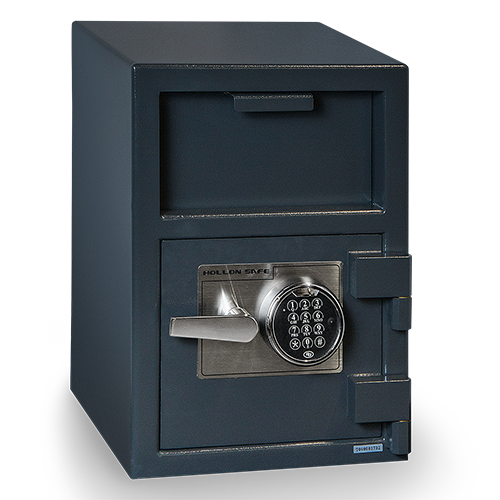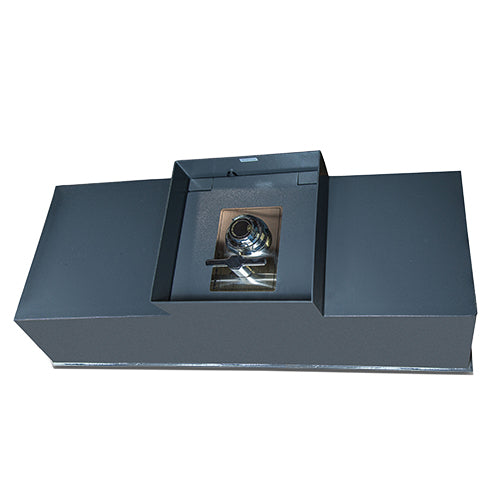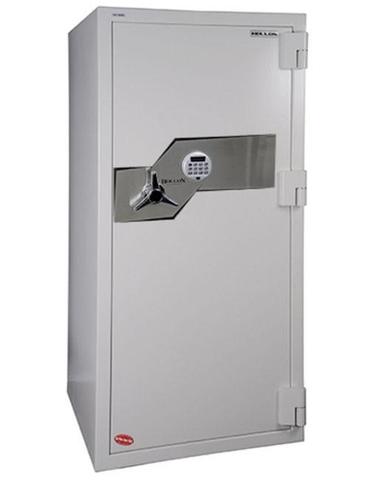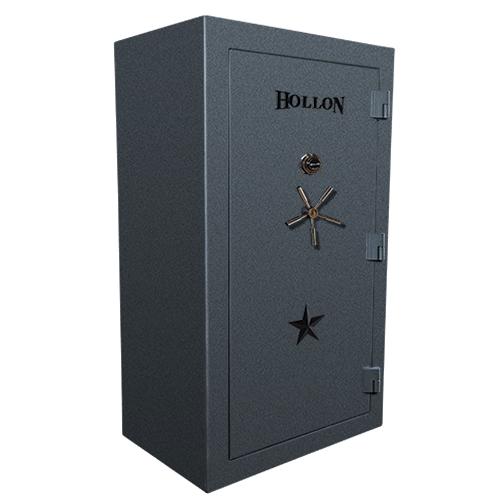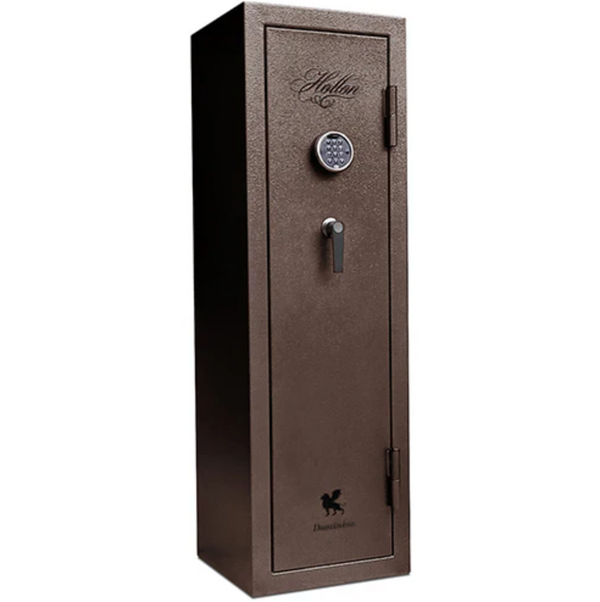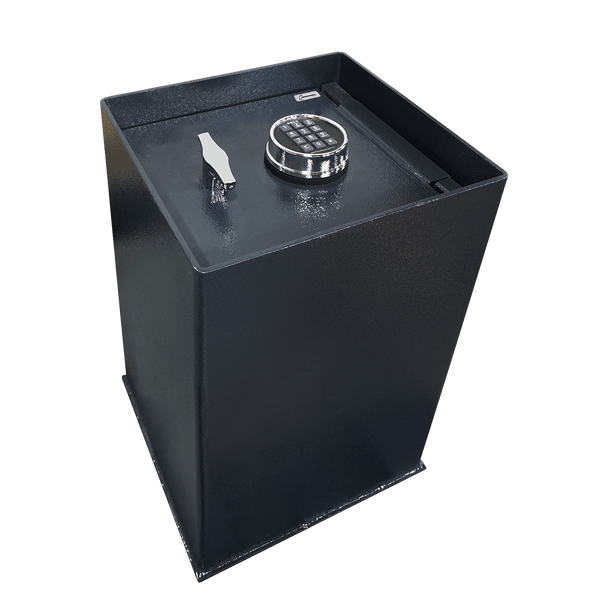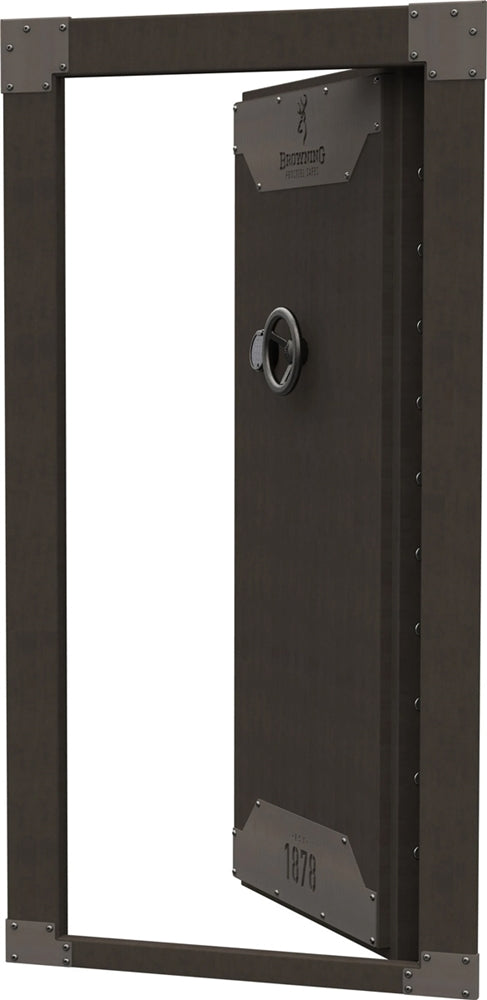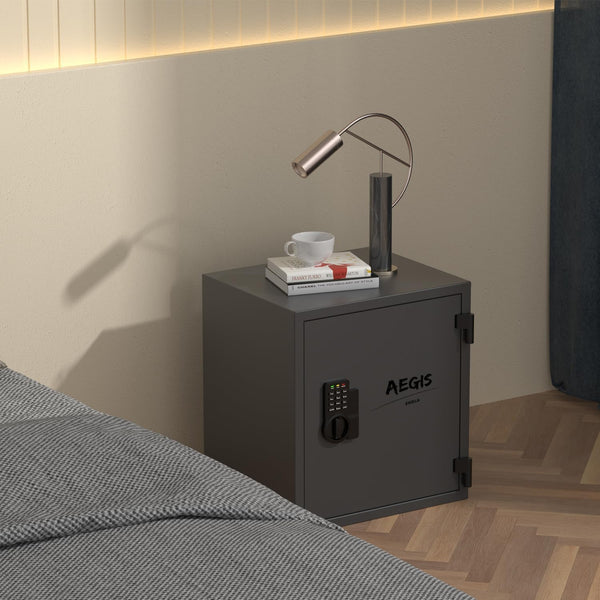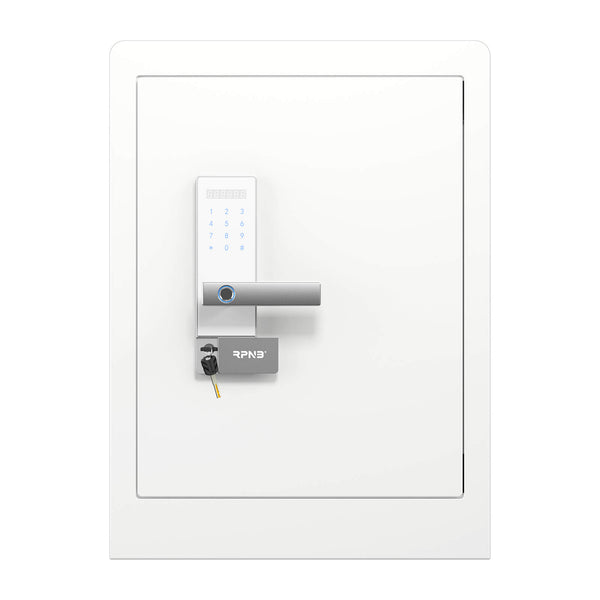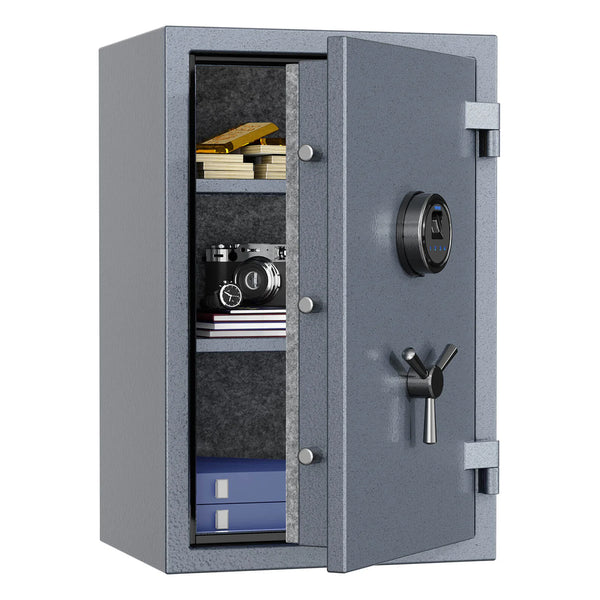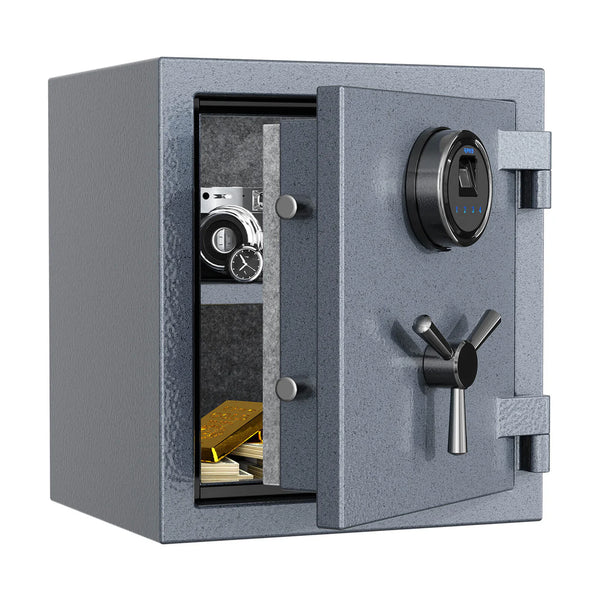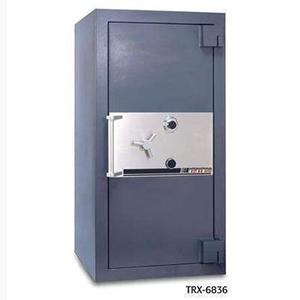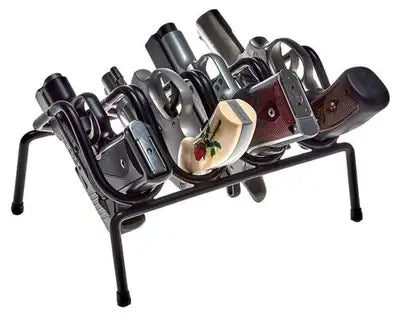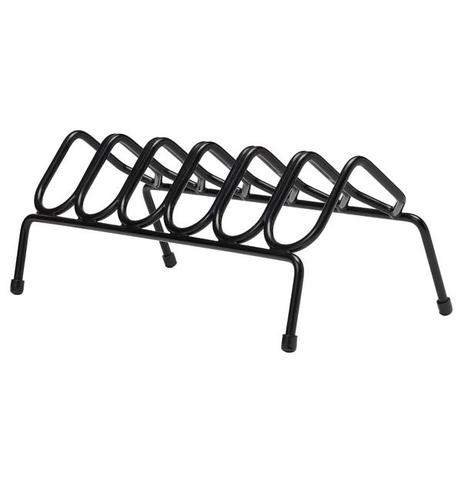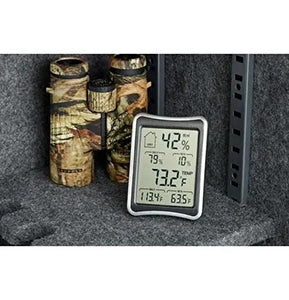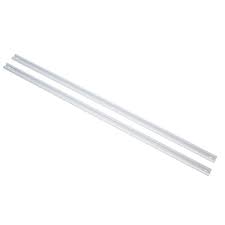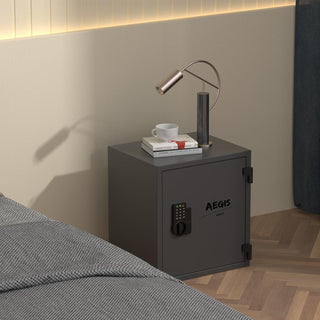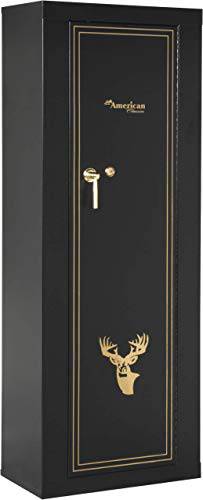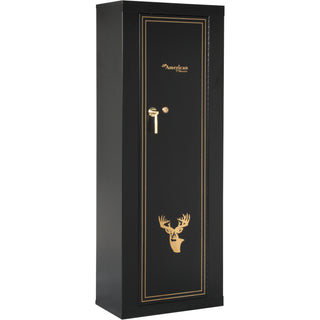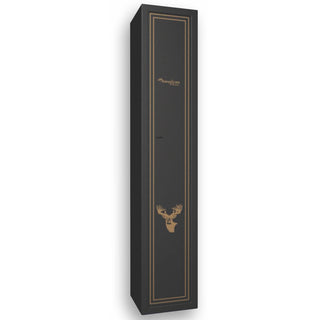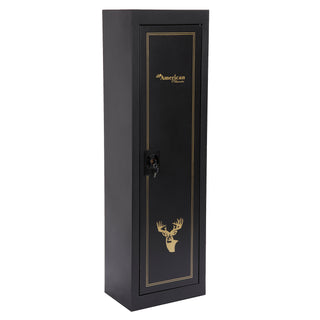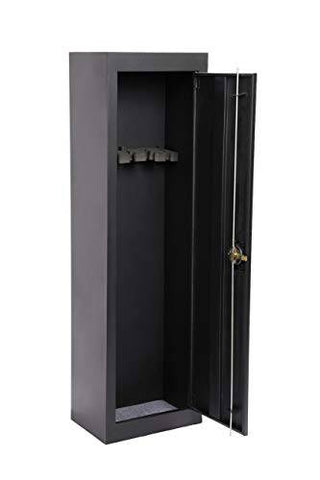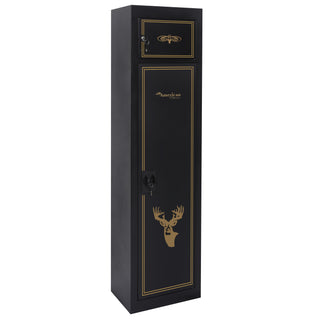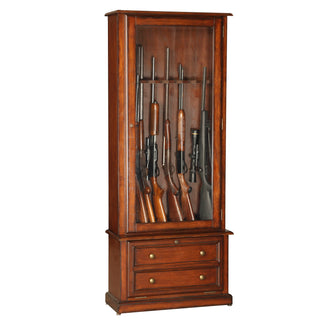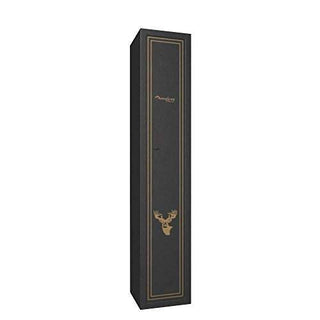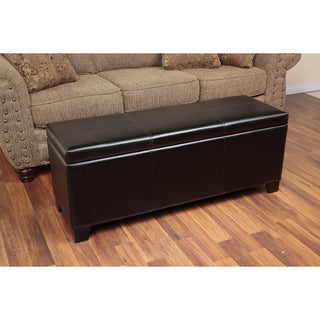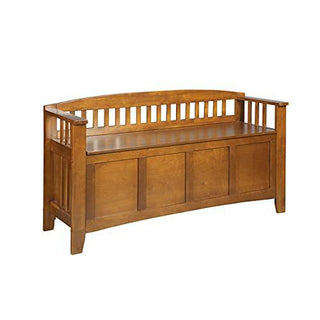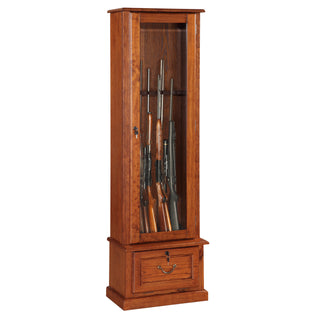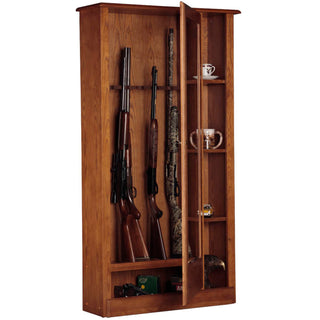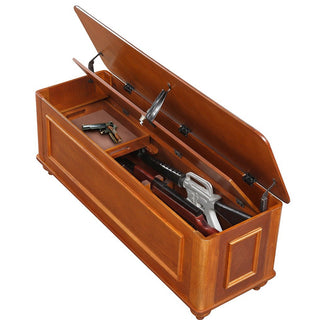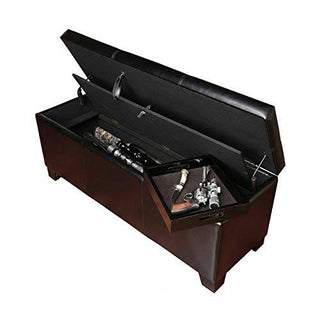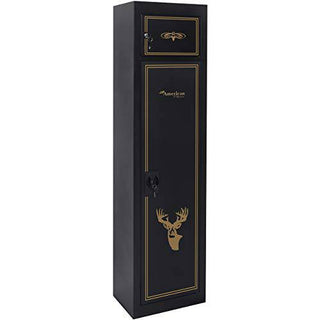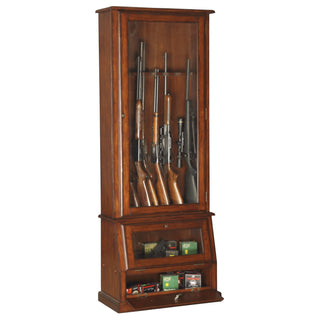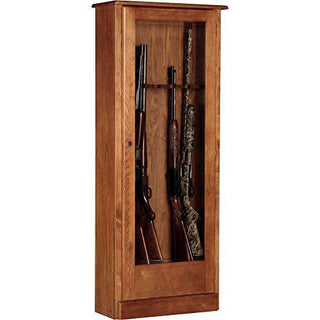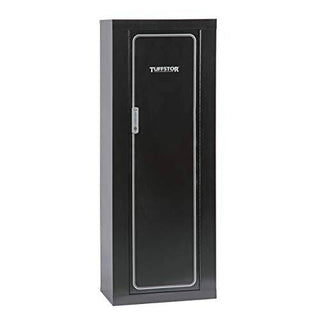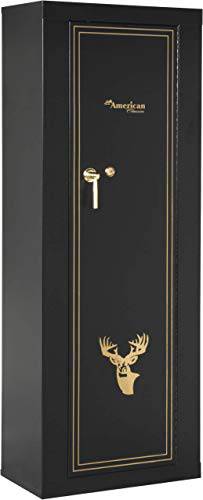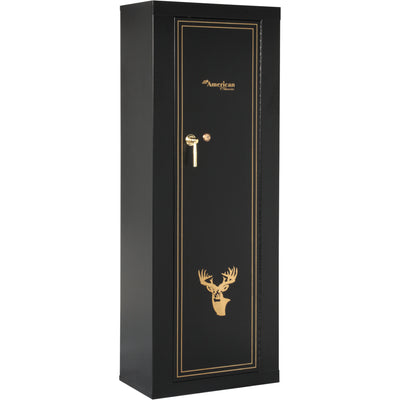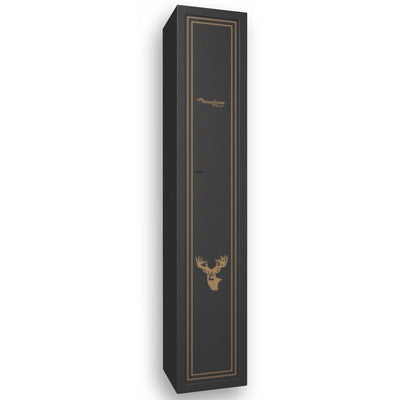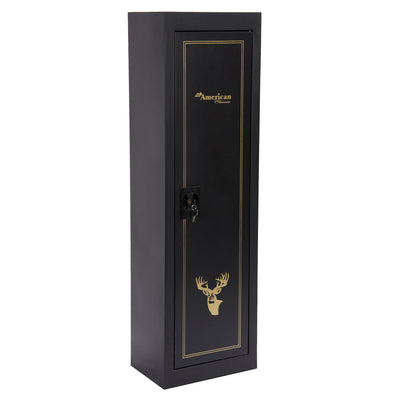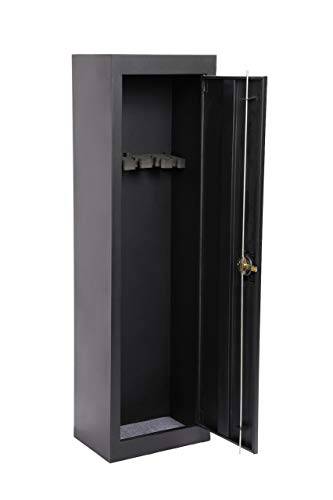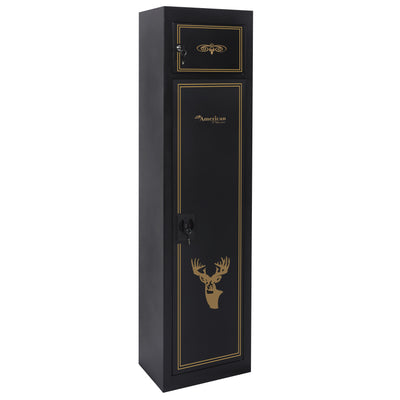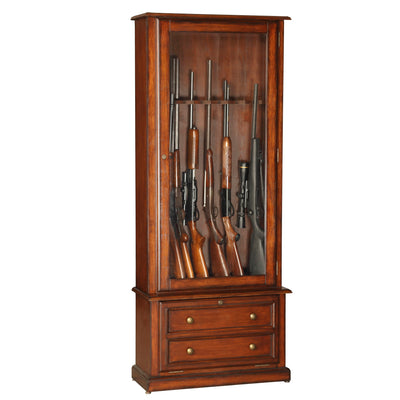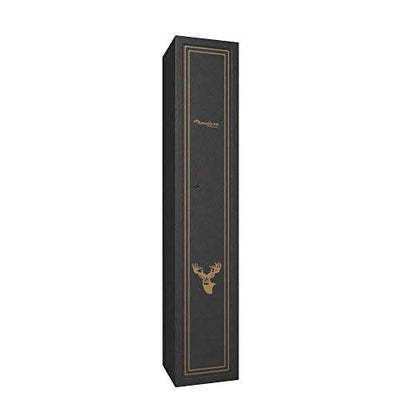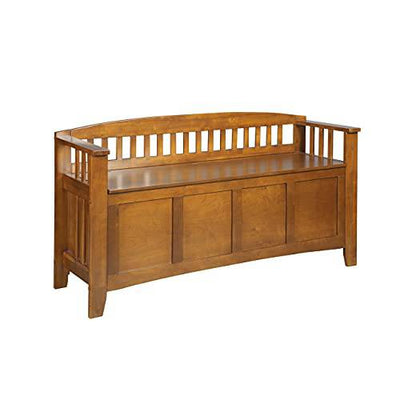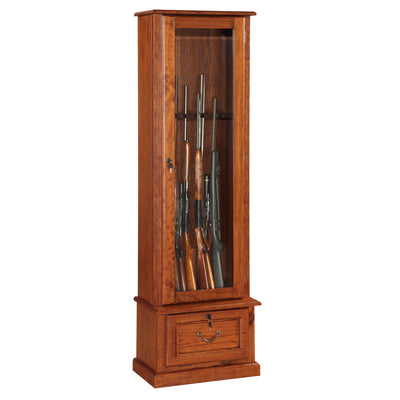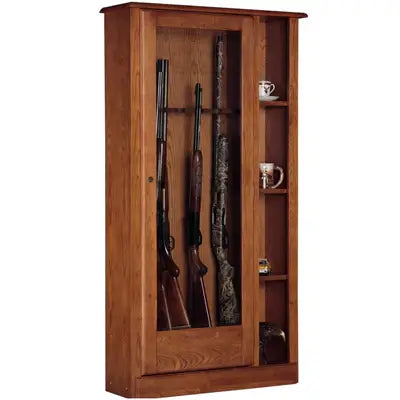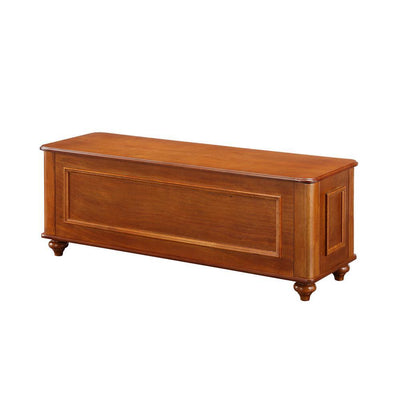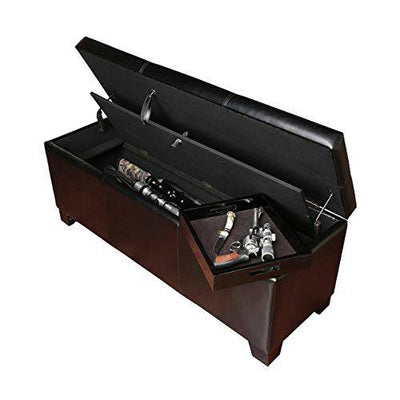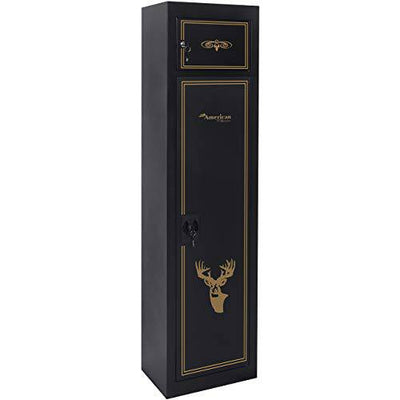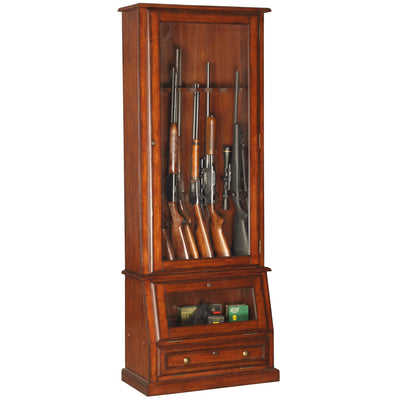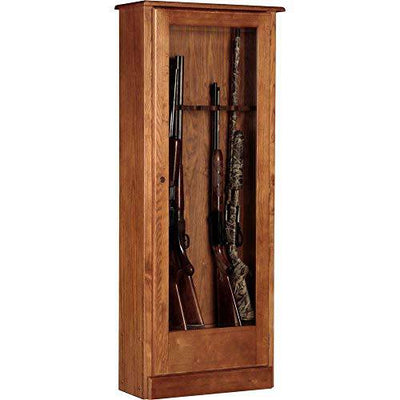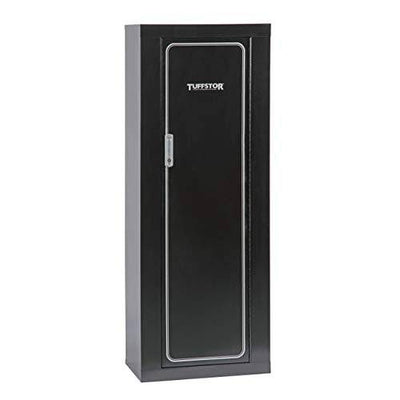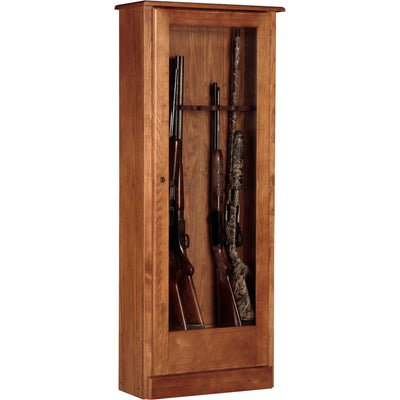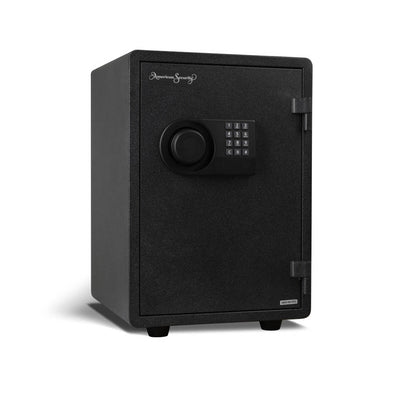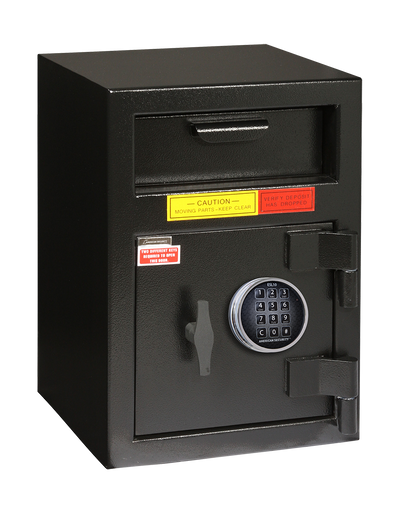Concealment Furniture - 15 Questions Customers Ask Before Purchase

When considering concealed furniture, ask yourself about its primary purpose and how much space you have. Think about the style you want to achieve and how the piece will function in your home. Investigate the materials used and guarantee the concealed features are user-friendly. Don't forget to check customer reviews and consider any environmental impacts. Finally, assess how it integrates with your current decor for a seamless look. There's much more to explore on this topic.
Table of Contents
- Key Takeaways
- What Is the Primary Purpose of the Concealed Furniture I Am Considering?
- How Much Space Do I Have Available for This Piece?
- What Style or Aesthetic Am I Aiming to Achieve in My Home?
- How Does the Concealed Furniture Function in Terms of Usability?
- What Materials Are Used in the Construction of the Furniture?
- Is the Concealed Furniture Sturdy and Durable?
- What Is the Maintenance Required for This Type of Furniture?
- Are There Any Specific Safety Features I Should Be Aware Of?
- How Does the Price Compare to Similar Pieces on the Market?
- What Is the Warranty or Return Policy for the Furniture?
- Can I Customize the Furniture to Fit My Needs?
- How Do I Ensure the Concealed Features Are User-Friendly?
- What Are the Reviews and Ratings From Other Customers?
- Are There Any Environmental Considerations With the Materials Used?
- How Will This Piece Integrate With My Current Furniture and Decor?
- Frequently Asked Questions
Key Takeaways
- Assess if the furniture meets your specific needs for space, functionality, and aesthetic integration within your home decor.
- Evaluate the durability and quality of materials used, ensuring they align with your lifestyle and maintenance preferences.
- Inquire about customization options, such as size and color, to ensure the piece fits your unique space and style.
- Consider the furniture's practicality, including ease of access to concealed features and overall user-friendly design.
-
Review customer feedback on durability, craftsmanship, and value for money to gauge the long-term satisfaction of previous buyers.
What Is the Primary Purpose of the Concealed Furniture I Am Considering?
What exactly do you need your concealed furniture for? Understanding this primary purpose is vital. Whether you’re aiming for a clean aesthetic, maximizing space, or simply hiding clutter, purpose clarity will guide your decision. Concealed functionality enhances your living environment, allowing for seamless integration into your home’s design. Consider whether you need storage, a multi-functional piece, or something that adds character while remaining discreet. By identifying your specific needs, you can appreciate how concealed furniture transforms your space, making it not just functional but also welcoming. This approach creates a sense of belonging, as every piece resonates with your lifestyle. So, take a moment to reflect on how this furniture will serve you and your unique living experience.
How Much Space Do I Have Available for This Piece?
Before making a purchase, it’s essential to measure your available area to guarantee the concealed furniture fits seamlessly into your space. Consider how the room’s layout will influence the placement and functionality of the piece, as well as how doorways and access points might affect its usability. Taking these factors into account will help you avoid costly missteps and enhance the overall flow of your home.
Measure Your Available Area
Measuring your available area is essential when considering concealed furniture, as it guarantees the piece fits seamlessly into your space. To optimize your space and verify you're making the right choice, follow these steps:
-
Measure the room dimensions: Know the length, width, and height of the area where the furniture will go.
-
Identify furniture dimensions: Check the size specifications of the concealed furniture to confirm it aligns with your measurements.
-
Account for clearance: Allow space for movement and accessibility around the furniture.
-
Visualize the arrangement: Consider how the piece will fit with existing furniture, enhancing both aesthetics and functionality.
Consider Room Layout Options
How can you guarantee that your new concealed furniture complements your room's layout? Start by examining your room dimensions. Knowing the exact measurements helps you visualize how the piece fits within your existing space. Consider layout flexibility; concealed furniture often allows for creative arrangements, but it should also harmonize with your room's flow. Think about how you move through the space and how the new piece might enhance or disrupt that movement. Can you create a cozy nook or a functional work area without overcrowding? By carefully evaluating these factors, you’ll discover the perfect balance between style and functionality, ensuring your concealed furniture feels like an integral part of your home, enhancing your sense of belonging.
Account for Doorways and Access
What’s the point of finding the perfect concealed furniture if it can't fit through your door? Before you fall in love with a piece, take a moment to think about your home's access points. Here are four key factors to evaluate:
-
Measure Door Width: Verify your doorways can accommodate the furniture’s dimensions.
-
Check Hallway Space: Assess whether the furniture can navigate tight corners or narrow halls.
-
Plan for Transportation Logistics**: Reflect on how the piece will be delivered and moved into your space.
-
Account for Elevation Changes: If you have stairs, determine if the furniture can be maneuvered safely.
What Style or Aesthetic Am I Aiming to Achieve in My Home?
When considering concealed furniture, it’s essential to define your personal style and how it aligns with your existing decor. Think about the overall aesthetic you want to create—whether it’s modern, rustic, or eclectic—and guarantee your choices enhance that vision. Matching new pieces with your current setup not only creates harmony but also elevates the functionality of your space.
Defining Your Personal Style
Defining your personal style is the foundation of creating a cohesive and inviting home environment. To help you identify your unique aesthetic, consider these key components:
-
Core Values: What do you value most in your living space? Comfort, functionality, or beauty?
-
Color Palette: Which colors resonate with you? Think about how they can evoke emotions and create atmosphere.
-
Design Approach: Are you drawn to minimalist design for its simplicity, or do you prefer an eclectic mix that showcases your personality?
-
Textures and Materials: What materials speak to you? Consider how wood, metal, or fabric can enhance your space.
Matching With Existing Decor
Matching your concealed furniture with existing decor is essential to achieving a harmonious aesthetic in your home. Start by considering color coordination; make certain that your furniture complements your walls, textiles, and accessories. Don't shy away from experimenting—subtle contrasts can add depth to your space while maintaining unity. Next, focus on texture harmony. Combining different materials, like wood and fabric, can create a warm, inviting atmosphere. Think about how your concealed pieces will interact with your current decor, enhancing rather than overpowering it. Aim for a cohesive look that speaks to your personal style while fostering a sense of belonging. Ultimately, your choices should reflect your identity and create a welcoming environment for yourself and your guests.
How Does the Concealed Furniture Function in Terms of Usability?
How effectively does concealed furniture enhance usability in your living space? A functionality analysis reveals that this type of furniture not only saves space but also adds versatility. During your usability assessment, consider the following:
-
Multi-functionality: Pieces often serve more than one purpose, such as a coffee table that doubles as storage.
-
Space Optimization: They utilize vertical and hidden spaces, making smaller areas feel larger.
-
Aesthetic Appeal: Concealed designs can seamlessly blend with decor, maintaining a cohesive look.
-
Ease of Access: Smart designs allow for quick access to stored items without clutter.
What Materials Are Used in the Construction of the Furniture?
What materials do you think are vital in the construction of concealed furniture? Understanding the various material types is fundamental for making an informed decision. Commonly, manufacturers use wood, metal, and high-quality composites, each offering unique benefits. Solid wood provides a classic aesthetic, while metal frames enhance sturdiness and modern appeal. Composite materials often combine aesthetics with functionality, allowing for versatile designs.
In terms of construction methods, look for techniques that guarantee longevity and stability. Dovetail joints in wood, for instance, offer excellent structural integrity. Meanwhile, metal joints can provide sleek, contemporary lines. Choosing the right materials and methods not only impacts the furniture's style but also how well it integrates into your home, fostering a sense of belonging and comfort.
Is the Concealed Furniture Sturdy and Durable?
When evaluating concealed furniture, you should consider both the quality of materials used and the construction techniques employed. High-grade materials contribute greatly to sturdiness, while expert craftsmanship guarantees durability over time. By evaluating these factors, you can make a more informed decision about the furniture's longevity and reliability.
Material Quality Assessment
Evaluating the material quality of concealed furniture is essential for ensuring you invest in pieces that are both sturdy and durable. To make an informed decision, consider the following aspects:
-
Material Sourcing: Investigate where the materials come from; sustainable sources often indicate quality.
-
Craftsmanship Evaluation: Examine the attention to detail in the construction—well-crafted pieces are more likely to withstand wear.
-
Finish Quality: Look for finishes that enhance durability, resist scratches, and maintain aesthetic appeal.
-
Weight and Density: Heavier materials typically offer increased stability and longevity.
Construction Techniques Overview
The construction techniques used in concealed furniture play a pivotal role in determining its sturdiness and durability. When evaluating your options, consider both the construction materials and assembly techniques that manufacturers employ. Quality materials like hardwood or metal guarantee long-lasting use, while precise assembly techniques, such as dovetail joints or reinforced brackets, enhance overall strength.
| Construction Materials | Assembly Techniques |
|---|---|
| Hardwood | Dovetail Joints |
| Plywood | Mortise and Tenon |
| Metal | Reinforced Brackets |
| MDF | Biscuit Joints |
| Veneer | Corner Blocks |
What Is the Maintenance Required for This Type of Furniture?
How often should you consider maintaining your concealed furniture? Regular maintenance is key to ensuring its longevity and aesthetic appeal. Here are some essential practices to incorporate into your furniture care routine:
Regular maintenance is essential for your concealed furniture's longevity and aesthetic appeal.
-
Dust Weekly: Use a microfiber cloth to prevent dust buildup, which can affect both appearance and functionality.
-
Clean Surfaces Monthly: Employ gentle cleaning techniques with a suitable cleaner, avoiding harsh chemicals that could damage finishes.
-
Inspect Hardware Biannually: Check hinges, locks, and other mechanisms for wear and tear, ensuring everything operates smoothly.
-
Reapply Finish Annually: Depending on usage, consider renewing the protective finish to keep your furniture looking its best.
Are There Any Specific Safety Features I Should Be Aware Of?
When considering concealed furniture, have you thought about the safety features that can enhance both security and usability? It’s essential to look for pieces that comply with current safety standards, especially if you have children at home. Features like soft-close hinges, rounded corners, and secure locking mechanisms can greatly reduce risks. Ensuring that the furniture is made from non-toxic materials is also vital for child safety. You’ll want to check if the furniture has undergone rigorous testing to guarantee durability and safety over time. By prioritizing these features, you’re not just investing in aesthetics but also in a secure environment that fosters belonging and peace of mind for you and your family.
How Does the Price Compare to Similar Pieces on the Market?
When considering the price of concealed furniture, it’s essential to analyze how it stacks up against similar pieces on the market. Look at the quality and features offered; sometimes a higher price reflects superior craftsmanship or innovative design. Evaluating these factors will help you determine if the investment aligns with your needs and budget.
Market Price Analysis
Pricing is a crucial element when evaluating concealed furniture, as it directly impacts your purchasing decision. To understand how the price compares to similar pieces on the market, consider these key factors:
-
Market Trends: Stay updated on current designs and materials that influence pricing.
-
Pricing Strategies: Assess how brands position their products—are they premium or budget-friendly?
-
Comparable Features: Examine the functionality and aesthetics of similar pieces to gauge value.
-
Customer Reviews: Look for feedback that reflects how the price aligns with perceived quality.
Quality vs. Cost
Understanding market price analysis sets the stage for evaluating how quality stacks up against cost in concealed furniture. When you conduct a cost analysis, you're not just looking at the price tag; you're appraising the craftsmanship, materials, and durability that contribute to a piece's overall value. A thorough quality evaluation reveals whether a higher price point translates to better longevity and aesthetics. Compare similar pieces to see if the cost aligns with the quality offered. If you find a piece that's slightly more expensive but boasts superior construction or unique design, it may be worth the investment. Ultimately, aligning your budget with quality guarantees you choose furniture that enhances your space and fulfills your desire for belonging.
Comparable Features Assessment
Evaluating comparable features in concealed furniture is essential for making an informed purchasing decision. To guarantee you’re investing wisely, consider these four key aspects during your feature comparison and functionality evaluation:
-
Material Quality: Assess the durability and finish of the materials used.
-
Design Versatility: Determine if the piece fits seamlessly with your existing décor.
-
Storage Efficiency: Examine how well the furniture maximizes space while maintaining aesthetics.
-
Cost-Effectiveness: Compare prices with similar pieces, factoring in their unique features and quality.
What Is the Warranty or Return Policy for the Furniture?
Have you considered how the warranty or return policy can influence your purchasing decision for concealed furniture? Understanding the warranty details is vital; it’s your safety net against defects or damage. A solid warranty not only reflects the manufacturer’s confidence in their product but also provides you peace of mind. You should also investigate the return process: how easy is it to return an item if it doesn’t meet your expectations? Knowing these procedures guarantees that you’re not left feeling stuck with furniture that doesn’t suit your space or style. Ultimately, a favorable warranty and return policy can foster a sense of belonging, making your investment feel secure and thoughtful. So, take the time to review these essential aspects before making a decision.
Can I Customize the Furniture to Fit My Needs?
When exploring the options for concealed furniture, customization is often a key factor in your decision-making process. Understanding the available customization options can help you create a space that truly feels like home. Here are some personalized features you might consider:
Customization is essential for concealed furniture, allowing you to personalize your space and make it feel uniquely yours.
-
Material Choices: Select fabrics, woods, or finishes that match your style.
-
Size Adjustments: Customize dimensions to fit your unique space requirements.
-
Color Palettes: Choose colors that resonate with your aesthetic preferences.
-
Functional Add-Ons: Incorporate features like hidden compartments or adjustable shelving.
How Do I Ensure the Concealed Features Are User-Friendly?
How can you guarantee that the concealed features of your furniture are not only functional but also easy to use? Start by prioritizing user-friendly features that enhance everyday living. Check if the mechanisms for accessing hidden compartments are intuitive; you shouldn't need a manual to navigate them. Consider conducting usability testing—try out the furniture yourself or invite friends to gauge their experience. Their feedback can reveal whether the design truly meets practical needs. Additionally, look for products that emphasize simplicity in their design, as this often correlates with ease of use. By ensuring these aspects, you'll create a seamless blend of style and functionality, fostering a sense of belonging in your space.
What Are the Reviews and Ratings From Other Customers?
What do other customers really think about the concealed furniture you're considering? Understanding customer feedback and product ratings can guide your decision. Here’s what to look out for:
-
Quality: Are customers satisfied with the durability and craftsmanship?
-
Functionality: Do reviewers find the concealed features easy to use and practical?
-
Aesthetics: How do others perceive the design and how it fits in their spaces?
-
Value for Money: Are customers feeling they got their money's worth, or do they think it falls short?
Are There Any Environmental Considerations With the Materials Used?
Customer reviews provide valuable insights into the practical aspects of concealed furniture, but it’s also important to contemplate the environmental impact of the materials used in these products. You should look for options that prioritize sustainable sourcing and eco-friendly materials, as these choices reflect a commitment to the planet and future generations. Ask yourself if the furniture is made from responsibly harvested wood or recycled materials, which can greatly reduce its ecological footprint. Additionally, consider the manufacturing processes involved—are they energy-efficient and free from harmful chemicals? By focusing on these aspects, you not only enhance your home’s aesthetic but also contribute positively to a sustainable lifestyle, fostering a sense of belonging to a community that values environmental responsibility.
How Will This Piece Integrate With My Current Furniture and Decor?
When considering a new piece of concealed furniture, you might wonder how it will harmonize with your existing decor. To guarantee seamless integration, consider these factors:
-
Style Compatibility: Does the new piece align with your current furniture styles, whether modern, traditional, or eclectic?
-
Color Coordination: Will the colors complement or clash with your existing palette? Think about warm versus cool tones.
-
Proportions: Does the size of the piece fit well within your space, maintaining balance with your current furnishings?
-
Functionality: How will it serve your needs while enhancing the overall aesthetic?
Frequently Asked Questions
What Is the Delivery Process for Concealed Furniture Purchases?
"Good things come to those who wait." When you order concealed furniture, you’ll explore various shipping options and receive clear delivery timelines. Understanding these details guarantees you’re prepared for its arrival and enhances your excitement.
Are There Assembly Requirements or Services Available Post-Purchase?
You’ll find detailed assembly instructions included with your purchase, ensuring you can set it up easily. If you prefer, assembly services are also available, letting you enjoy your new furniture without the hassle of assembling it yourself.
Can I See a Sample of the Materials Before Buying?
You can often request samples to assess material quality before buying. This way, you’ll feel confident in your choice, ensuring it fits your style and needs, creating a sense of belonging in your space.
How Does the Furniture Perform in Different Climates?
Did you know that 70% of furniture failures relate to climate durability? Understanding how materials respond to different environments helps guarantee your investment withstands humidity, heat, and cold, providing long-lasting comfort and style for your home.
Are There Any Hidden Costs Associated With the Purchase?
When considering your purchase, you should account for potential hidden costs like shipping fees and warranty coverage. These can greatly impact your total expense, so it’s wise to clarify these details before finalizing your decision.









